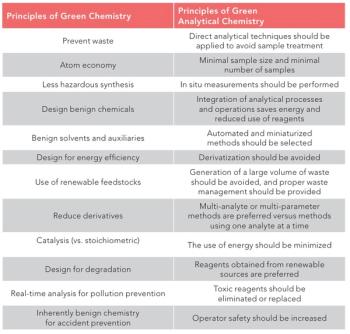
Unlocking the Mystery of Fermented Coffee's Fruity Aromas
Using gas chromatography and mass spectrometry, a recent study was able to identify several compounds that give specialty coffee their fruity flavors and aromas.
Scientists have recently uncovered the chemical basis for the fruity aromas in certain types of fermented coffee. In a study presented at the American Chemical Society (ACS) Spring 2023 meeting on March 26–30, researchers used a combination of gas chromatography-mass spectrometry and sensory analysis to analyze the volatile compounds present in six different types of fermented coffee (1). They discovered that the fruity aromas were linked to specific compounds such as 2-methylpropanal and ethyl 3-methylbutanoate. By uncovering the complex chemical reactions involved in the fermentation of coffee, these findings could help coffee growers and roasters produce better quality coffee with more consistent flavors and aromas.
Fermentation is a key step in the processing of many coffee beans, particularly those used to make specialty coffees. During fermentation, microorganisms break down the sugars in the coffee cherries, generating heat and releasing gases. This process affects the coffee's flavor and aroma, but until now, the specific mechanisms behind these changes were not well understood.
The researchers analyzed arabica beans, dividing them into three groups. One went through a typical wash process like an average coffee, where a gelatinous substance called mucilage is stripped from the coffee bean. The second group’s beans were pulped, which removed the skin from the beans but left the mucilage intact). Finally, the third group of beans underwent carbonic maceration, a process usually found in winemaking, where whole coffee fruits are fermented in steel tanks and infused with carbon dioxide to lower the pH of the fermentation. From there, the researchers used gas chromatography-mass spectrometry to identify and quantify the volatile compounds present in the coffee samples. They also conducted sensory analysis to determine the flavors and aromas perceived by human taste testers.
The researchers found that fruity aromas were associated with six compounds, though they only identified three: 2-methylpropanal, 3-methylbutanal and ethyl 3-methylbutanoate. These compounds are responsible for the fruity and floral notes that are often present in specialty coffees. The researchers also found that the levels of these compounds varied depending on the type of coffee and the fermentation process used, among other factors. “There’s still quite a lot of unknowns surrounding this process,” says Samo Smrke, PhD, who presented the study results.
Overall, this study shed new light on the complex chemical reactions involved in the fermentation of coffee, and could help standardize productions that improve the quality and consistency of specialty coffee production in the future.
Reference
(1) American Chemical Society. Fermented coffee’s fruity aromas demystified.
Newsletter
Join the global community of analytical scientists who trust LCGC for insights on the latest techniques, trends, and expert solutions in chromatography.




